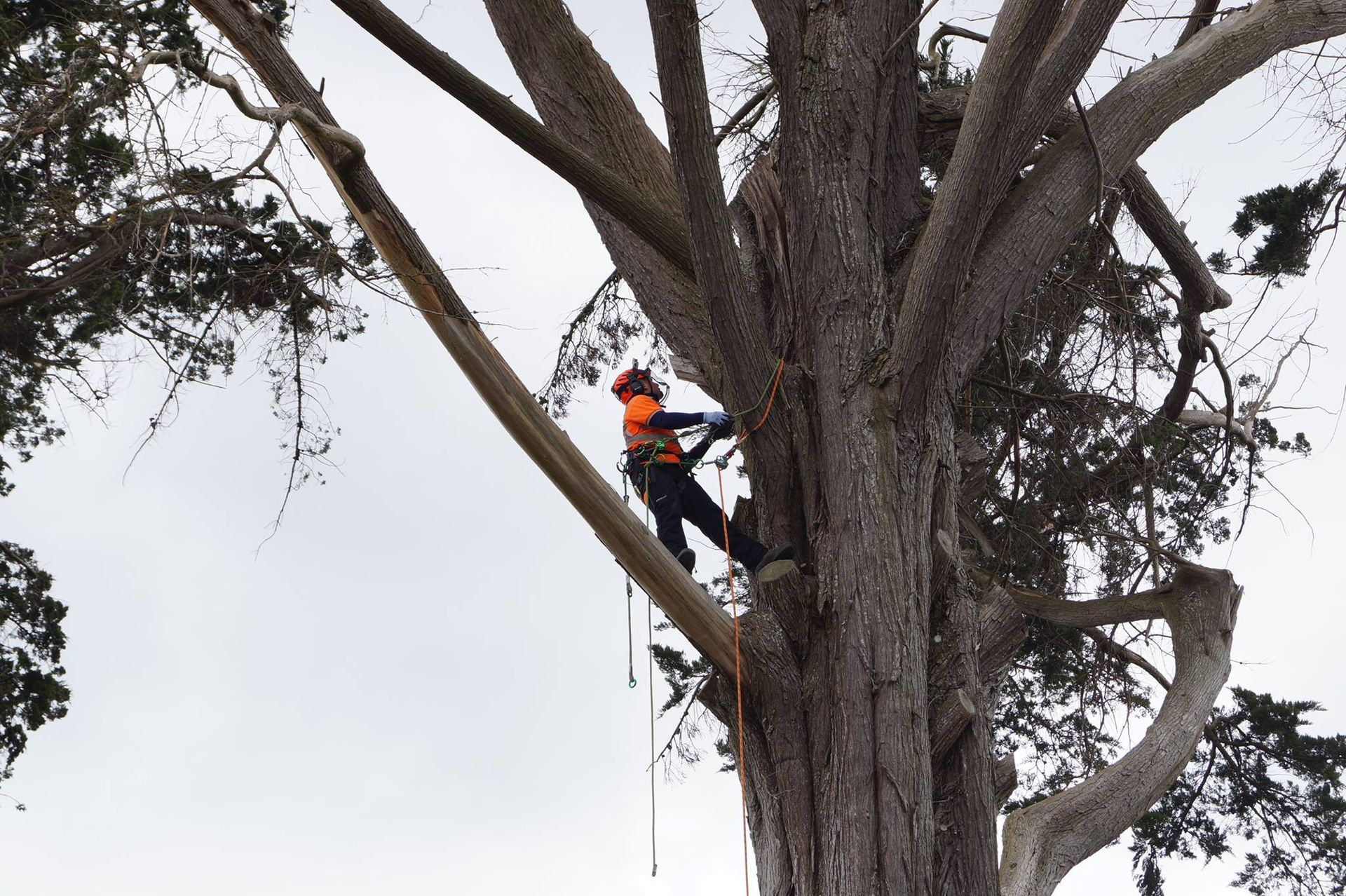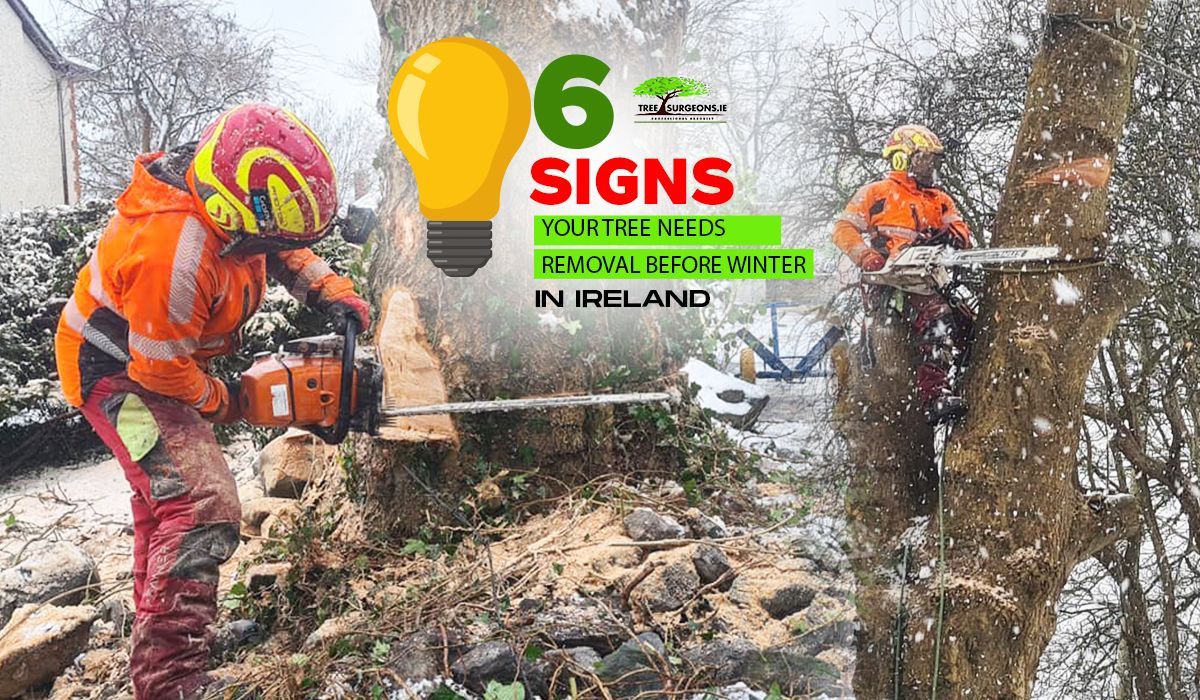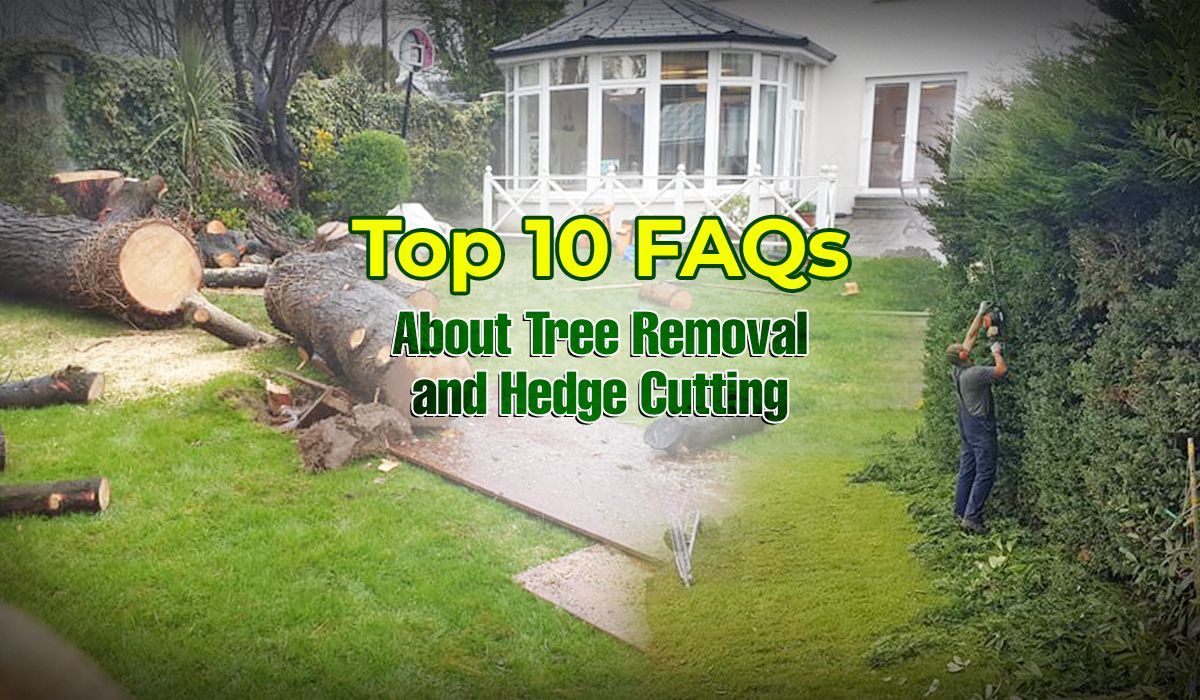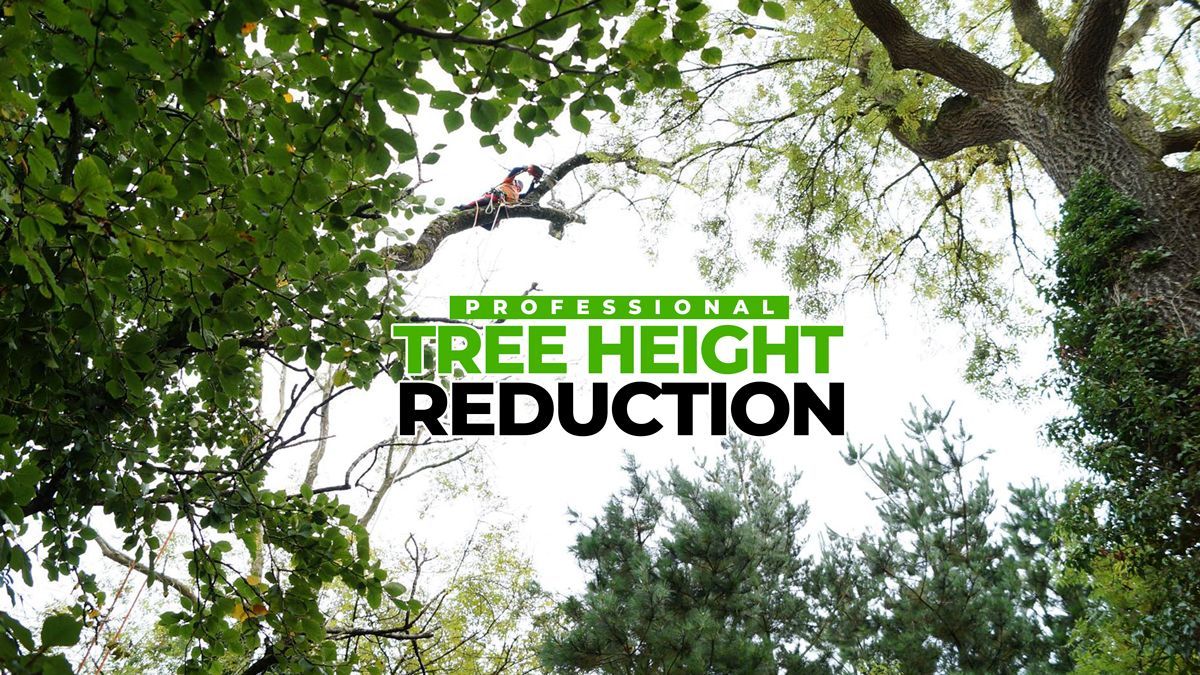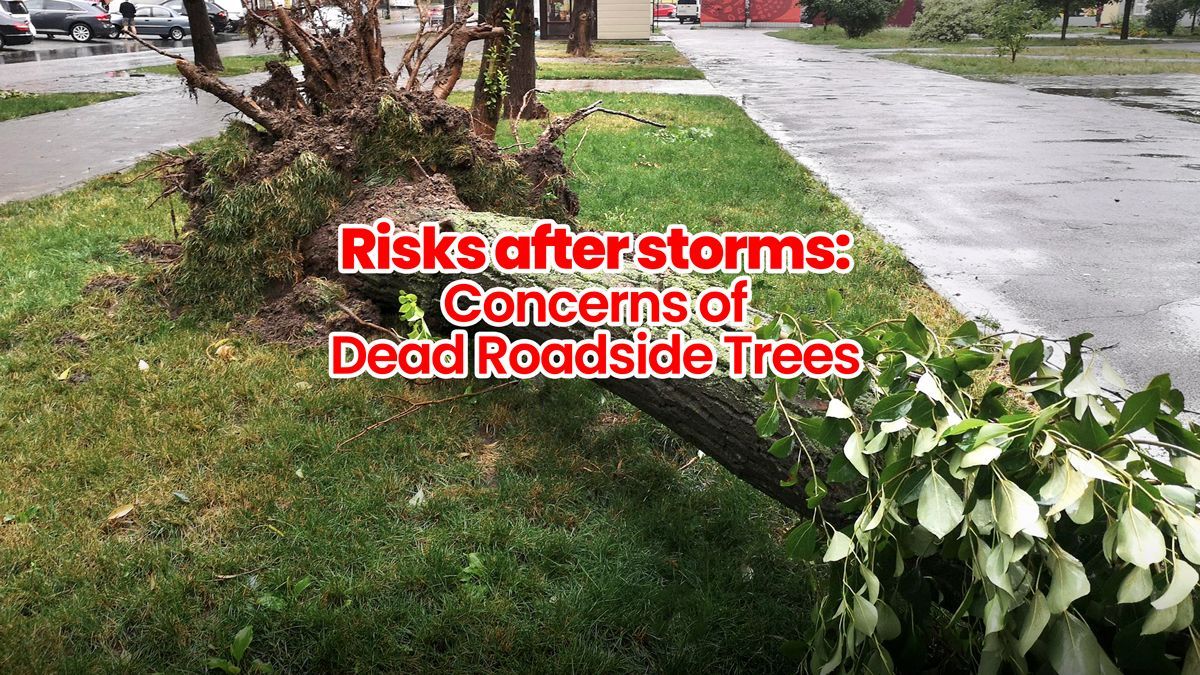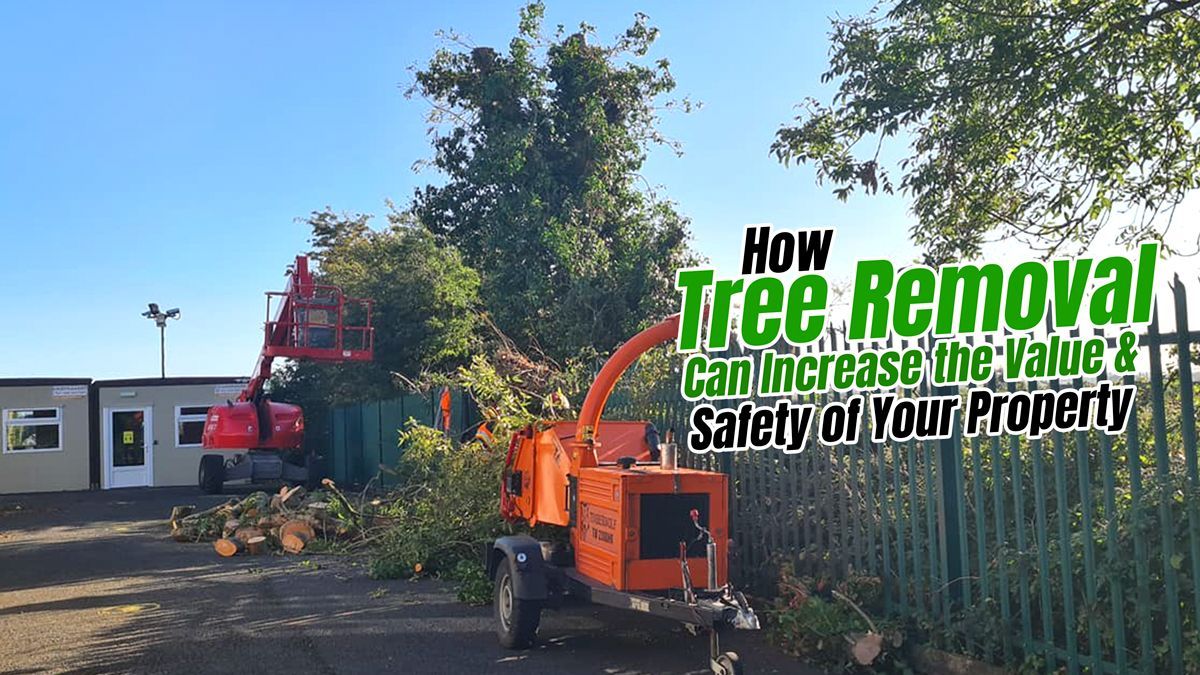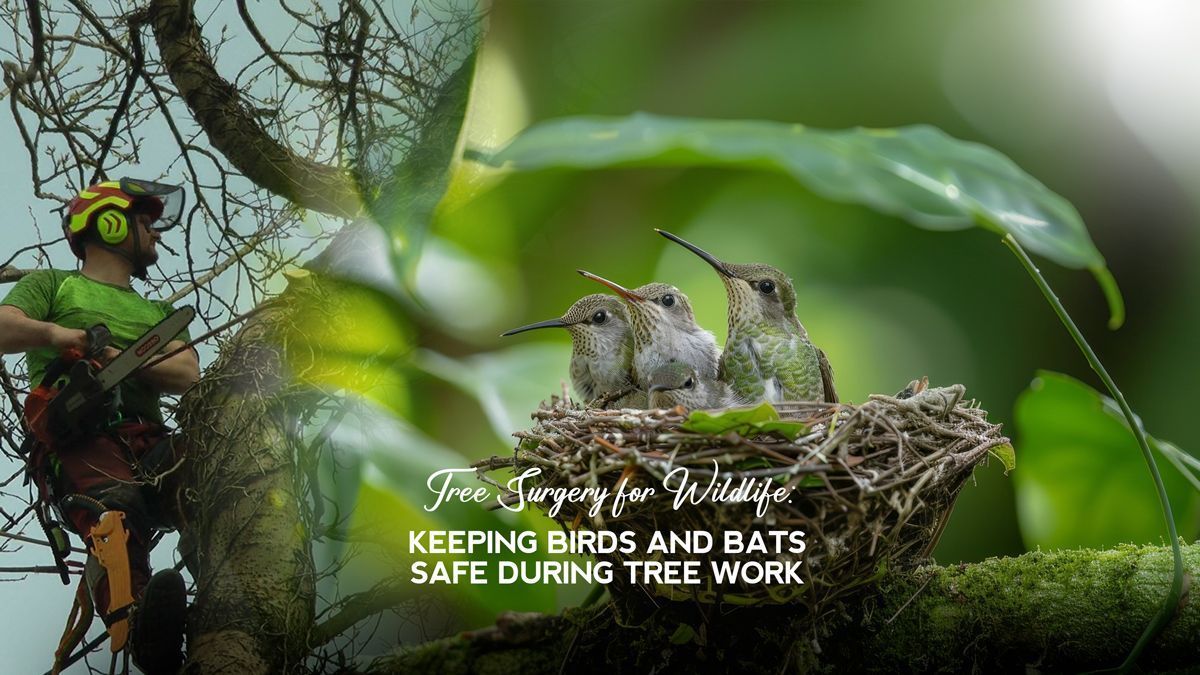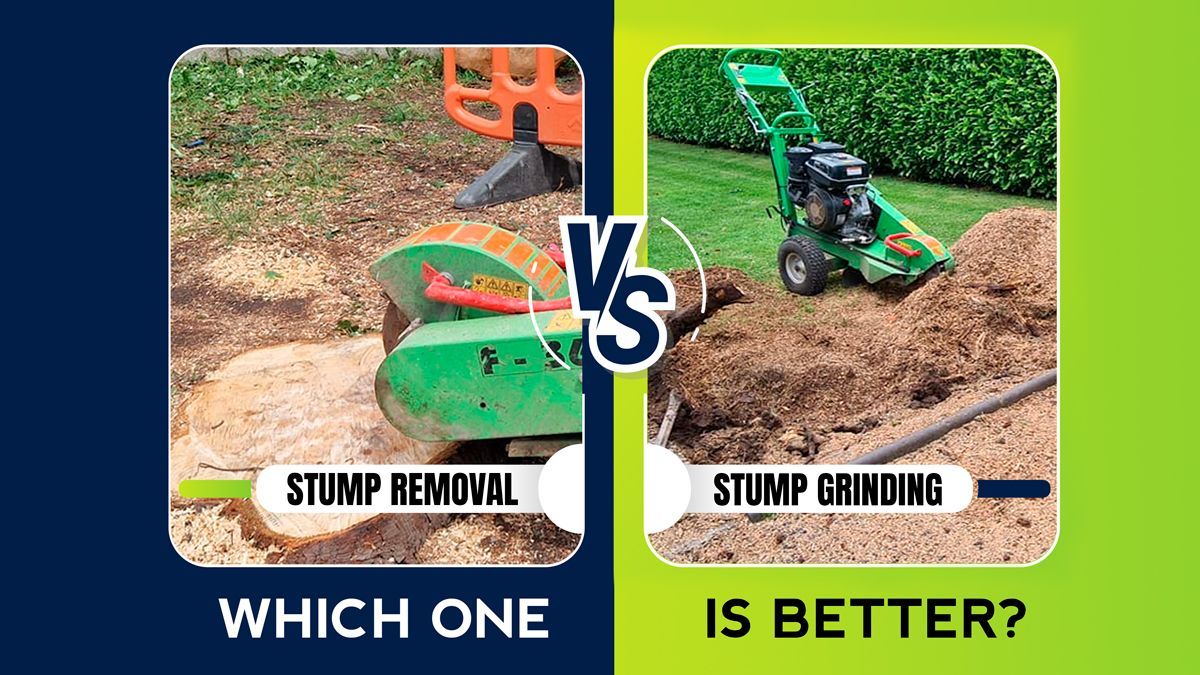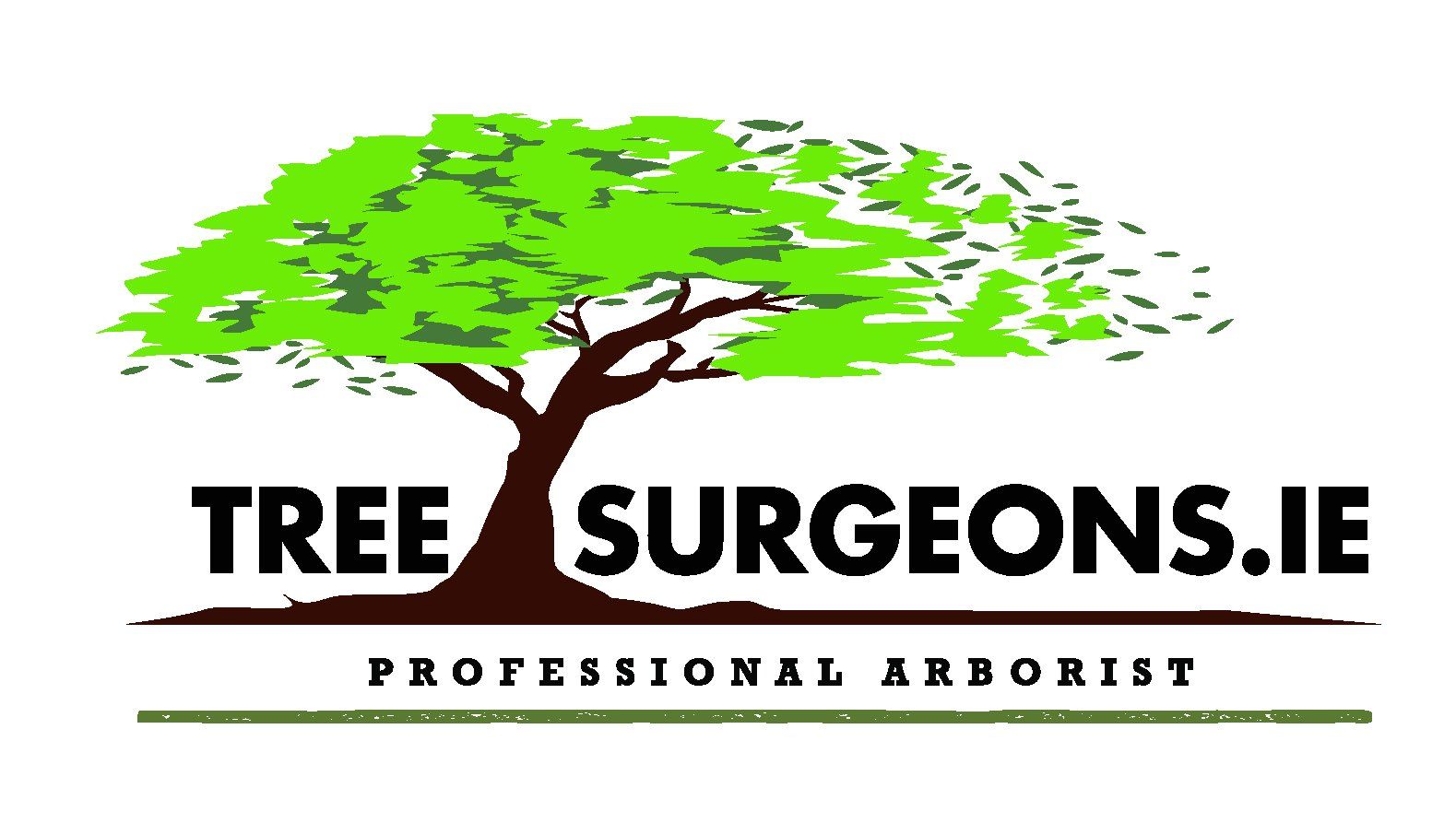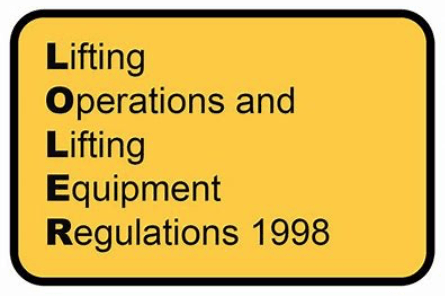Tree Removal in Ireland: Are You Breaking the Law Without Knowing It?
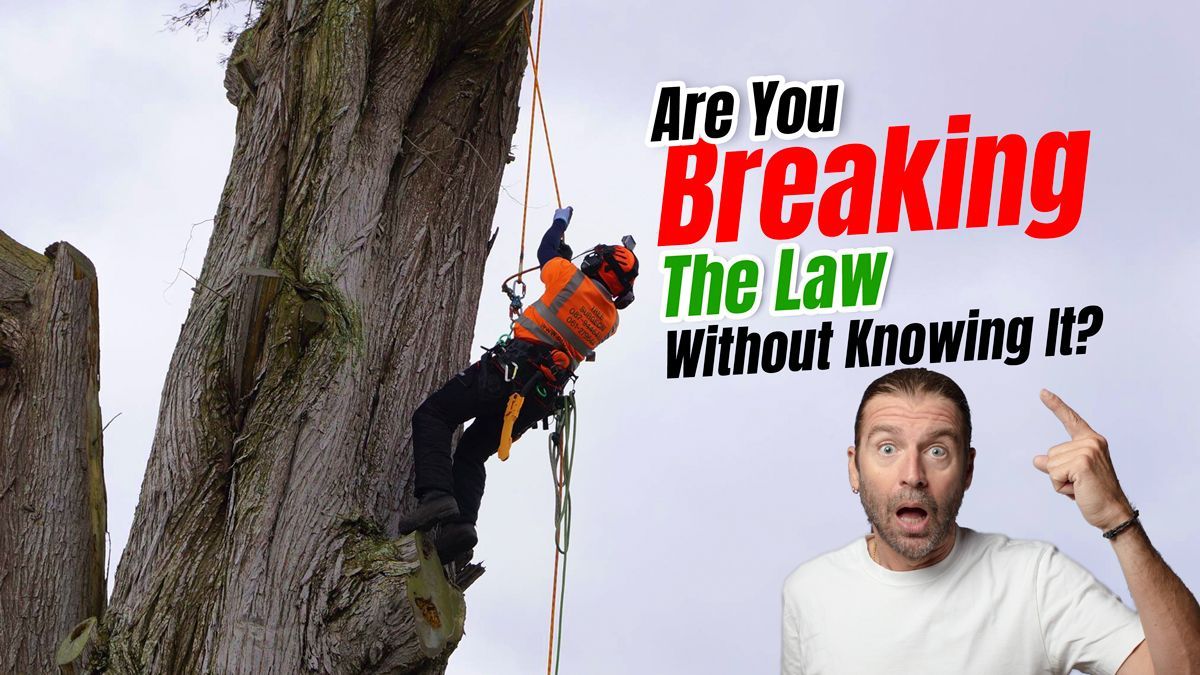
Tree cutting and Tree Removal in Ireland might be a daunting task, especially if you don’t know much about the laws enacted therein. There are laws and regulations that you should be aware of before deciding to remove a tree. You may be breaking the law without even realising it. That's the reason you need to
“Protect Trees, Protect Laws and Protect Our Future”
Such Laws and Regulations exist to protect the benefits of clean air, green shade, and nature-friendly habitat. Also, this is pivotal to prevent widespread deforestation or damage to the ecosystem. Failure to comply with these laws and regulations can result in sudden fines, legal issues, and harm to the environment.
Because trees are considered our community assets and necessary elements of our mother nature. When you become aware of local laws regarding tree removal, you remain safe throughout the cutting process, and it will provide numerous benefits to the environment plus public life.
This blog will help you clearly and comprehensively understand the tree-cutting laws in Ireland, especially as they are set for 2025.
Tree Laws in Ireland: Understanding the Basics
In Ireland, the protection of trees is taken very seriously. Many trees are protected under various laws, and removing them without permission can lead to fines and other legal consequences. This is why the Laws and Regulations are too decisive to keep in mind in the time of cutting a tree branch or completely felling it.
To avoid the hassles of fines, potential legal action, and damage to property or the environment, you need to have a transparent understanding and adherence to Ireland's tree laws, published by the government in this regard. Additionally, proper tree care is a legal duty for every Irish citizen, protecting public life and other properties from hazards caused by poorly/or never-maintained trees.
Key Regulations You Must Know
- Tree Preservation Orders (TPOs): Some trees are protected by Tree Preservation Orders. These orders are put in place by local authorities. They restrict cutting down or damaging specific trees, often because they have special ecological, aesthetic, or historical value.
- Environmental Protection: Under the European Union's environmental regulations, certain trees and forests require an assessment before any removal can take place. This ensures that biodiversity is taken into consideration.
- Planning Permission: If you want to remove a tree that is part of a planning permission agreement, you may need to have permission granted by local authorities. Failing to obtain this can lead to legal problems.
Very Recent Changes for 2025
As we move into 2025, it is essential to be aware of the recent updates in tree laws:
- Increased Fines: Fines for illegal tree removal have been increased to deter landowners from ignoring regulations. This could mean penalties of up to €20,000 for wilful damage to protected trees.
- Stricter Enforcement: Local councils now have more power to enforce tree protection laws, which includes conducting regular checks and responding swiftly to complaints.
When You Need Permission for Cutting Down a Tree
Understanding when you need permission before cutting down a tree is crucial. Here are some critical situations where you will likely need to seek permission:
- Protected Trees: If the tree is specifically listed under a Tree Preservation Order (TPO).
- Vital Species: Trees that are home to protected wildlife, such as certain birds or bats, generally cannot be removed without assessment.
- Locally Listed Trees: Some local councils maintain lists of particular trees that are not officially protected but have local worth.
The Process of Tree Removal Legally
If you have determined that you need to branch-cut or fully remove a tree and have the authority to do so, here's a simple process you should follow:
[1] Assess the Need for Removal
- Ask yourself why you need to cut the branches or wholly remove the tree. Is it diseased, fallen, bent, dangerous, or obstructing something?
- Consider if some trimming or safe pruning instead of full removal could solve the problem.
[2] Check for Protection Status
- Contact your local authority to check whether the tree you want to cut down is legally protected by a TPO or is part of a conservation area.
[3] Apply for Permission
- If you feel necessary, complete any necessary application forms for tree removal. This often involves providing particular location details, photos, and a reason for cutting.
[4] Wait for Approval
- You must wait for your application to be processed in time. The local authority typically has some set timeframe to respond.
[5] Hire a Professional
- If you receive permission, consider hiring a professional tree service. They understand the laws and procedures, and they can remove the tree safely and successfully.
Consequences of Illegal Tree Removal
Failure to follow the laws owing to Tree Cutting in Ireland can lead to severe consequences. Here are some potential risks:
- Penalties/ Fines: As mentioned, penalties/ fines can reach up to €20,000.
- Replanting Orders: You may also be required to plant new trees to replace those that were unlawfully removed.
- Legal Troubles: In some cases, illegal tree removal can lead to criminal charges.
Protecting Trees: What You Should Do?
While it is important to follow the laws regarding tree removal, it is also essential to contribute to protecting trees in your community. Here are some ways to help:
- Educate Yourself and Other People in the area: Share information about the importance of trees and the laws protecting them.
- Report Illegal Removal (if any): If you see someone cutting down trees without statutory permission, just report it to local authorities.
- Support Conservation Efforts: Take part in or support local conservation groups that focus on tree preservation and reforestation.
Our Safe Recommendation for You
Tree removal in Ireland is not as simple as you may feel like. With various laws in place to protect trees, it is highly important to be informed before deciding to cut one down. Always check if a tree is protected and obtain the necessary permissions. When you come to us at Tree Surgeons & Pro Gardening, we will guide you on the best way for your case. To control the critical activities like felling and pruning, we believe in giving you proper assistance standing beside you. Here are our 5 valuable tips for you.
- Check if a tree is protected before removal.
- Apply for all necessary and emergent permissions.
- Penalties for illegal branch cutting or removal can be severe.
- Consider alternatives like trimming in place of full removal.
- Participate in conservation efforts to help protect local trees.
By doing so, you not only avoid legal trouble but also contribute to the preservation of Ireland's natural landscape. In 2025, staying updated with these regulations will be even more important, so make sure you are aware of any changes in the law. Always remember, a tree not only adds beauty but also plays a significant role in our ecosystem. For more info, contact us soon.
